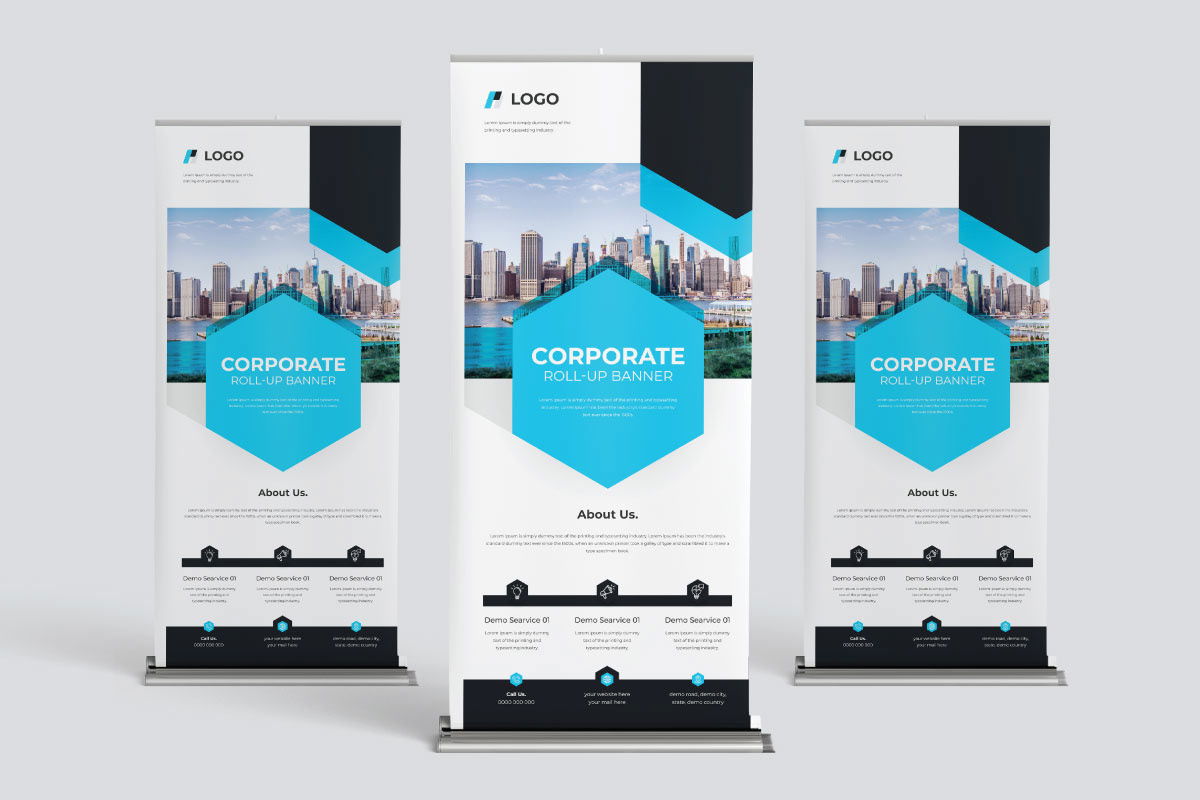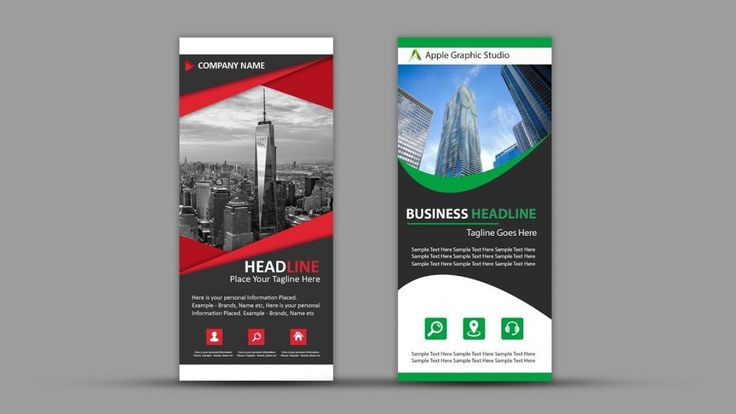Work Nature of Banner Designing and Redesigning

Banner designing and redesigning play a crucial role in marketing and communication strategies for businesses and organizations. Whether creating a new banner from scratch or updating an existing one, the process involves several key aspects to ensure effectiveness and alignment with brand goals. Here’s an overview of the work nature involved in both designing and redesigning banners.
1. Understanding Objectives
The first step in both designing and redesigning banners is to clearly define the objectives. This includes identifying the target audience, the message to be conveyed, and the desired action (e.g., increasing foot traffic, promoting an event, or brand awareness). Understanding these elements guides the design process and ensures that the final product aligns with the intended goals.
2. Research and Inspiration
For effective banner design, conducting thorough research is essential. This includes analyzing competitor banners, current design trends, and the preferences of the target audience. Gathering inspiration from various sources helps designers create visually appealing and relevant designs that stand out.
3. Concept Development
Once objectives are clear and research is complete, designers begin developing concepts. This involves brainstorming ideas and sketching initial layouts. For redesigns, it may also include evaluating the existing design to determine what elements work well and what needs improvement. The goal is to create a few strong concepts that align with the brand’s message and visual identity.

4. Design Creation
Using graphic design software, designers create the actual banner. This includes selecting appropriate colors, fonts, and images that reflect the brand’s identity. The design process involves careful consideration of elements such as hierarchy (which information is most important), balance, and alignment. Designers must ensure that the banner is visually engaging while also being easy to read and understand.
5. Incorporating Branding Elements
A successful banner should clearly represent the brand. This involves integrating logos, color schemes, and any other branding elements consistently throughout the design. For redesigns, it’s important to assess whether the existing branding is still relevant or if updates are needed to align with current branding strategies.
6. Feedback and Revisions
After the initial design is created, it is essential to seek feedback from stakeholders, such as team members or clients. Constructive criticism can provide valuable insights and help refine the design. The revision process may involve multiple rounds of edits to address concerns and improve the design based on feedback.
7. Finalizing the Design
Once all feedback has been incorporated and the design meets the project objectives, the final version is prepared. This includes ensuring that the design is suitable for printing or digital display, which may involve checking resolution, color settings, and file formats. For physical banners, designers must ensure that the specifications match the printing requirements.
8. Production Coordination
For printed banners, coordinating with printing services is crucial. Designers may need to provide specific guidelines or work closely with printers to ensure the final product matches the intended design. This includes discussing materials, sizes, and any finishing options (e.g., grommets, hems).
9. Evaluating Performance (For Redesigns)
After a banner is used, especially for redesign projects, it’s important to evaluate its performance. This can involve tracking metrics like foot traffic, engagement rates, or sales generated from the banner. Analyzing these results helps in understanding the effectiveness of the design and informs future projects.
10. Staying Updated with Trends
Both designing and redesigning require keeping up with industry trends and technological advancements. This includes staying informed about new design tools, color palettes, typography trends, and emerging marketing strategies. Continuous learning ensures that designers create modern and effective banners that resonate with their audience.
Conclusion
The Velan Arts Namakkal work nature of banner designing and redesigning encompasses a comprehensive process that involves understanding objectives, conducting research, creating engaging designs, and coordinating with production teams. By focusing on these aspects, businesses can create impactful banners that effectively communicate their message and drive engagement. Whether creating something new or refreshing an existing design, the goal remains the same: to capture attention and encourage action.



